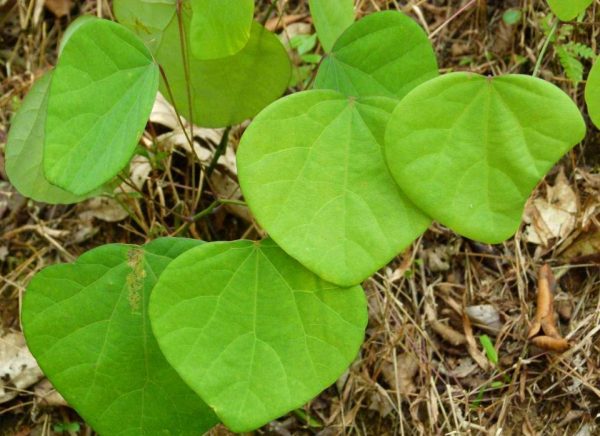Shami Prosopis cineraria is a medicinal tree. It is well known by Hindus for its spiritual uses. Medicinally it is used in various skin diseases, diseases of eyes, digestive problems and respiratory illness.
- Botanical name of Shami is – Shami Prosopis cineraria.
- The family name of Shami is – Mimosaceae.
In this post, I tried to compile in brief about medicinal properties, uses, indications, dosage and photographs of Shami Prosopis cineraria tree.
Classical Categorization
In Ayurvedic classics, plants have been categorised under Varga and Gana. Likewise, Shami Prosopis cineraria comes under –
- Gana – Asavayoni gana
- Varga – Aushadhi varga, Vatadi varga, Aamradi Varga, panchabhringa, Shalmayadi varga.
Vernacular Names
Shami Prosopis cineraria is known by different names in different languages.
- English – Indian Mesquite, shamee, sponge tree.
- Hindi – Chikur, Rhejri, Chonkar, Sami, Shami, Chinkur, chokara, chonkara, chounkar, chourkara, sepada, taant, safet kikar, shame, jhand
- Rajastani – Khejri, Rhejri, Loong
- kannada – Banni mara, Banni ele, Shamee patre, Perumbe, Perunje, Vunne, vanni Kashanti
- Telugu – Jammi chettu
- Tamil – Vanni, Jambu, kalisam, kulisam, parambai, perabe, perumbe, Sami, seemaimullu, sivaa, thamali,
- Marathi – Saunder, savandad, shamee, shambaree
- Bengali – Shami,
- Punjabi – Jund, Bishnois, Janti
- Gujarati – Samadi, Khijadi
- Malayalam – Parampu, Marampu, Thawi Vanni,
- Telugu – Jammi chettu, Jammi, Jambi, priyadarshini, shamichetta
Synonyms
In Ayurveda, many synonyms of Shami Prosopis cineraria tree has been described in Sanskrit. Few of them are listed below –
- Shami
- Shiva
- Lakshmi
- Mangalya
- Tunga
- Agnigarbha
- Ishani
- Shanku phala
- Shankari
- Saktu phala.
- Shamira
- Chikur
Systemic Classification
- Kingdom – Plantae
- Subkingdom – Tracheobionta-Vascular plants
- Superdivision – Spermatophyta-Seed plants
- Division – Magnoliophyta-flowering plants
- Class – Magnoliopsida-dicotyledons
- Subclass – Rosidae
- Order – Fabales
- Family – Fabaceae-Pea family
- Genus – Prospis L.-Mesquite
- Species – Prosopis cineraria (L.) Druce-Jand
Useful Parts
Following parts of Shami Prosopis cineraria tree is used as medicine –
- Twak (stem bark)
- Phala (fruit)
Indications of Shami Prosopis cineraria
Shami is indicated in
- Kushtha (skin diseases)
- Granthi (cysts and tumour)
- Bala roga (diseases of children)
- Kapha pitta vyanga vikara (blemishes and hyperpigmentation due to Kapha and Pitta)
- Kasa (cough)
- Swasha (bronchitis and asthma)
- Arsha (piles)
- Krimi roga (worm infestation)
- Atisara (dysentery)
- Pravahika (diarrhoea)
- Amatisara (a type of dysentery)
Ayurvedic Properties
In Ayurveda, properties of every plants / drug are described by Rasa, Guna, Veerya, Vipaka and doshaghnata. Below are Ayurvedic properties of Shami Prosopis cineraria.
- Rasa – Madhura Kasaya
- Guna – Guru, Ruksha
- Virya – Sheeta
- Vipaka – Katu
- Doshaghnata – Kapha-Pitta shamaka
Dosage
- Kwatha (decoction) – 20 to 60 ml
- Phala churna (seed powder)- 2 to 5 gm
Vishishta yoga (Pharmaceutical Preparation)
Shami Prosopis cineraria is used as an ingredient is following Ayurvedic medicine –
- Ksharagada
Photographs
(Click on image to zoom)

1

2

3
(Image source – 1, 2, 3 – theferns.info)

(image source – wikipedia.org)



